My name is Bryan Wong, and I’m a recent graduate from Pratt Institute’s Industrial Design program. After my graduation, I wanted to design an action camera that is rugged and portable. Although most people uses their smart devices as a point-and-shoot camera, the quality is not as good as a mirrorless camera. The other option is to use a GoPro; however, it’s currently focusing on taking videos for extreme sports but not pictures in an everyday setting.
Although GoPro is the most popular POV camera in the market, it is dependent on the case for any waterproof operations. The design language is heavily branded and I didn’t want to change it. Instead, I envision that GoPro would create a new product line that is less discrete, but drastically improve its image quality. My proposed solution is a new product line of GoPro that focuses its image quality and user interaction. It is waterproof without the case, and can be easily maintained by the user.
Designer : Bryan Wong
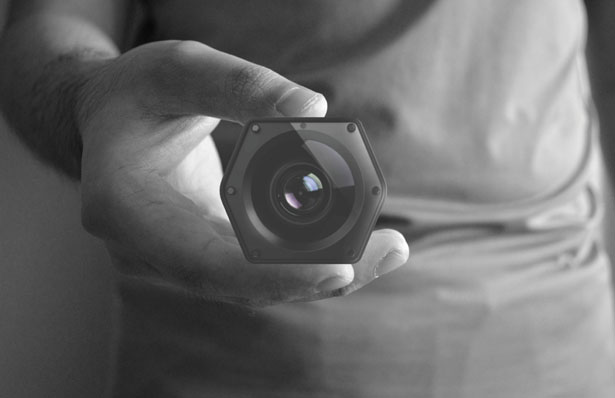

Over the course of 2 months, I focused on designing it to be easily manufactured, as well as maintaining it by either the user or repair center. By increasing the length of the body, it allows higher quality lens and image quality. The dial interaction was to reintroduce the tactile response with the wheel, a universally understood control mechanism. It also saves battery and setup time for the user. Without relying on the case, it is splash proof and ready to be used out of the box. The dial end serves as a cover for the battery port, which also makes it water tight without adding complexity. The Voyager was designed to have a replaceable lens shield to protect the actual lens of the GoPro, as well as changing the filter base on the user’s preference. The case includes a guard to reinforce the ruggedness design language, as well as allowing the user to focus on the selected mode of the GoPro. With the modular mount option, the user can easily change the mount depending on their needs.
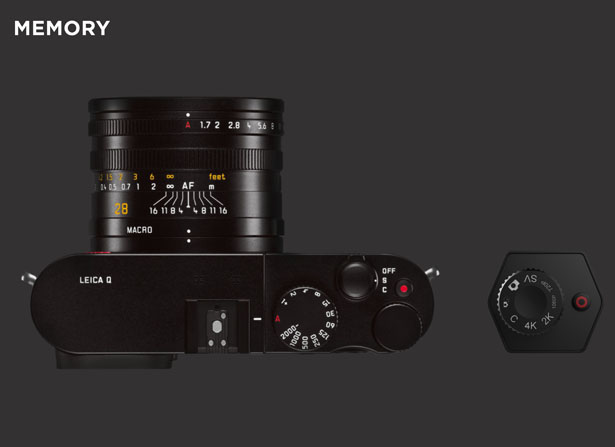
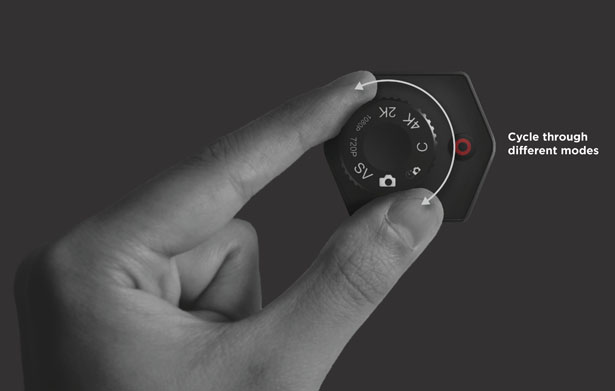
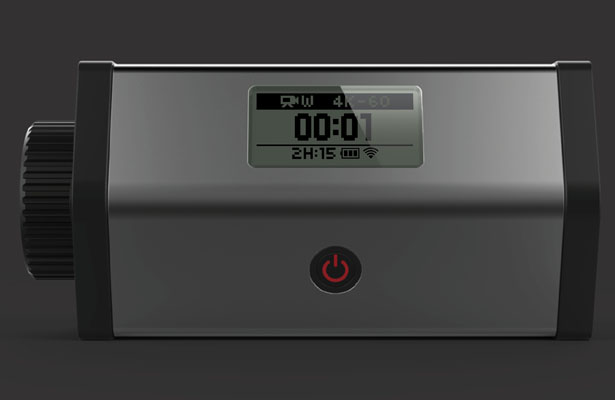
This project started before the new GoPro Session was announced, and I was surprised with the similarities and my predictions of the next GoPro — the use of replaceable lens cover and waterproof. Despite the similarities, the Session suffers lower video quality in order to reduce in size. By doing so, it lost a lot of important aspects for an action camera for extreme sports.
Tuvie has received “GoPro Voyager” project from our ‘Submit A Design‘ feature, where we welcome our readers to submit their design/concept for publication.







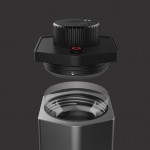


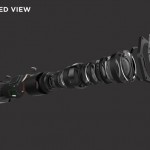


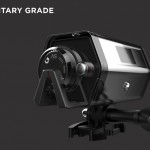
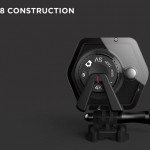



Dear Bryan,
My name is Selim. I have been working in the defence industry for more then 10 yrs. I have been designing military products, ranging from monoculars, binoculars, thermal sights, handheld devices, to helmets, hand controls and sticks. Also I give design classes as a part-time instructor for 4 yrs now.
First of all..
Nice renders and good efforts.. I give you that.
Is this a self-motivated project? Or did you design it as your graduation project?
I understand that this is a conceptual device, but I have noted some issues with your design, and I would like to share them with you.
Name is Voyager..It is named like a traveler companion, yet you are talking about everyday settings.
Who is the target audience for the device?
How are we going to carry it around?
What makes your product stand out in the gopro line?
Why can't we use a Hero cam for everyday setting?
What are the Product Dimensions?
It is not visible in any of your presentation boards.
For Usability stand point..
When the user cycles through different modes, how can he exactly know which mode he selected?
There is no indicator to help user to understand which mode is selected. Look closely to the picture where your device and a Leica camera are together.. There you will notice a white horizontal line on the camera which serves as a mode indicator, just on lefthand side of the mode selector knob. Your camera does not have any indicator to help user select modes. However, the case you designed has a red indicator..! I don't know how you have missed it on the main body.
Moving on the cap, I have noticed you have put a selector knob. How is the knob connected to the mainboard? How is the knob getting power from the battery?
How do you assure that everytime the user screws the cap, it will be aligned with the hexagonal body?
Well, one start screw will solve it somehow..but I guess you will need a slot to ensure that the user inserts the cap first into the slot then screws the cap.
In your problem definition, you say that the GoPro is dependent on the case mounts, and there is a lack of interaction which reduces the experience. As a solution, you propose this new design to focus on image quality and user interaction. Also you state that this is going to be a waterproof device without the case. Well.. I like the idea of using a mode selector for easy interaction.. but to make it waterproof you have to use a military grade knob. Those knobs have larger pods underneath their body. That means you going to need a more space under the cap.
Also you may leave a standart tripod mount on the body itself. That way, you will not depend on cases to mount the camera to a suction cup, or a tripod.
I also noticed that the cap has a silicone o-ring..
You have insert the silicon o-ring before the threads, otherwise it won't function.
Optical Assy
How do you mount the optical assembly to the body?
Did you get some technical help for optical design?
It seems to me that the whole optical assy has to be mounted securely to the body, and the lens shields have to be screwed to the outer edges of the exit lens. You can leave some sort of flange, and let the lens shields to be screwed/changed by the user.
How you do you mount the screen and the on/off button?
Do you screw it? Glue it?
How do you make it waterproof?
Juts to let you know..It is really hard to reach inside the one piece body to mount them.
Why did you place the on/off button on a different surface than the screen?
Why not putting them together on a same surface to make it easy for the user and to make it easy for the assembly..?
On the otherhand, I know you have not mentioned anywhere, but looking at your cutaway drawign, I see some undercuts. It is going to be also difficult to machine the body one piece. You may consider investment casting.
Well..
I hope my notes will give you some insight for your future designs.
All the best.
—
Selim Gencoglu, MFA
Sr.Industrial Designer
Team Leader
Mechanical Avionics Design Dept.
Aselsan Electronics, Inc.
This seems to be a really better action cam. I love extreme sports specially Jump Stilts which we have a very wide range. I just wonder how the GoPro Session and your voyager are greatly alike. It seems fishy yet, you really did a great job there. so how's the accessories going for easy handling during extreme sports.. I'd be tumbling on my stilts and kinda wonder how to keep this stable with me. Thumbs up to you Bryan
Is this for real? Thats mental…